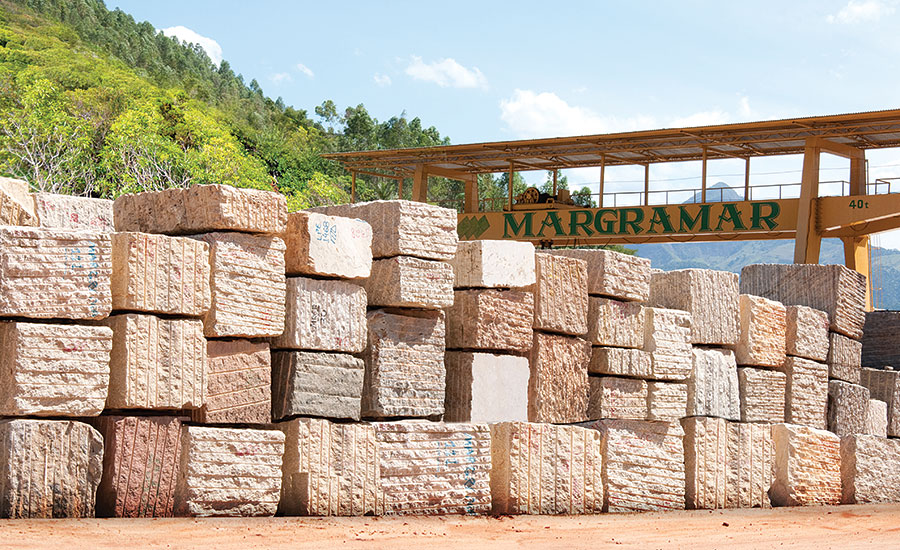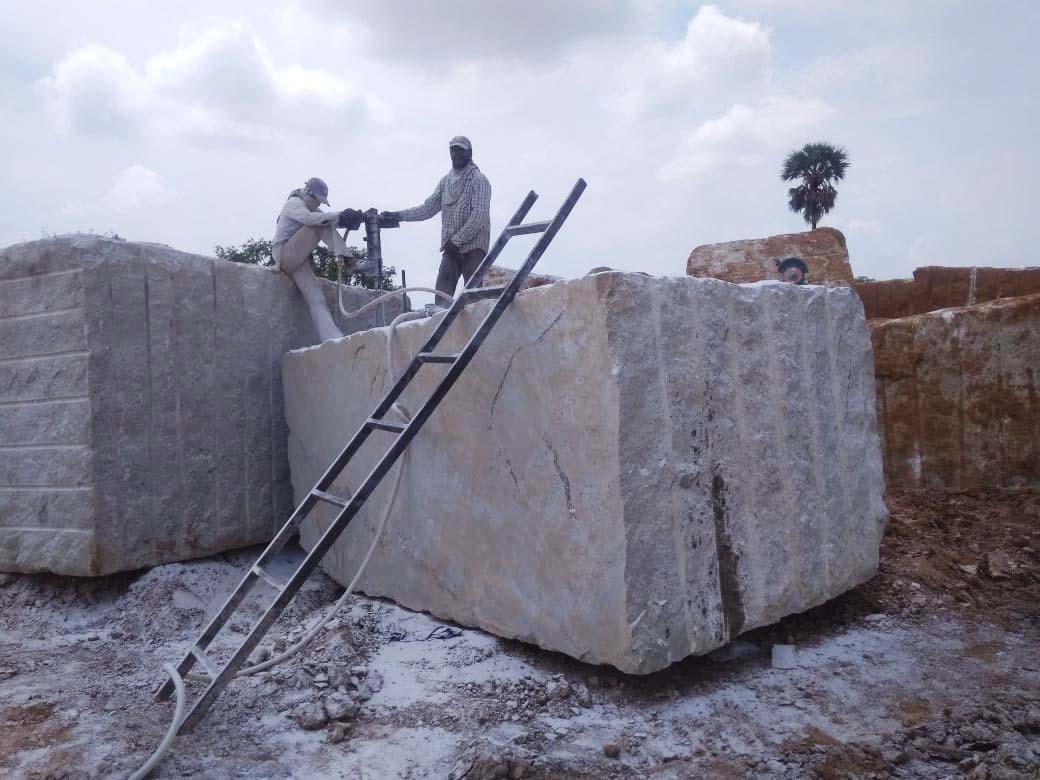Diving right into of Granite Quarries in South Africa
Diving right into of Granite Quarries in South Africa
Blog Article
Discovering the Rich Background and Sustainable Practices of Granite Quarrying
As we base on the precipice of discovering the intricate tapestry of granite quarrying, a trip through time exposes not just the physical act of removing stone yet also the social and historical value woven into the really fabric of this technique. From the ancient origins that laid the structure for modern quarrying strategies to the sustainable methods that are forming the future of this industry, each sculpt mark on granite surface areas tells a story waiting to be uncovered (granite quarries in south africa). The legacy of granite quarrying stretches much past mere removal; it is a testimony to human ingenuity, resilience, and the long-lasting allure of this marvelous stone
Ancient Beginnings of Granite Quarrying
Dating back to ancient people, the technique of quarrying granite has been an indispensable component of human history and architectural improvement. The earliest proof of granite quarrying days back to ancient Egypt, where large pyramids and detailed sculptures were crafted from this durable stone. The Egyptians used primitive devices to draw out granite blocks from quarries, showcasing the relevance of this product in their monumental constructions.
Moving ahead in history, the Greeks likewise made considerable payments to the quarrying of granite. The Greeks utilized granite in different building marvels, such as temples and sculptures, demonstrating their skill in shaping and carving this hardy stone. The Romans further refined the techniques of quarrying granite, employing innovative devices like knives and hammers to remove and shape granite for their renowned structures.
Through the centuries, the practice of quarrying granite has actually advanced, with modern-day innovations improving effectiveness while maintaining the timeless allure of this all-natural stone - granite quarries in south africa. From ancient human beings to modern home builders, the tradition of granite quarrying continues to form our world
Evolution of Quarrying Strategies
The advancement of quarrying methods has been noted by a constant progression in the direction of higher effectiveness and accuracy in removing granite. From the fundamental approaches utilized by our forefathers to the innovative innovations utilized in modern-day quarrying operations, the industry has actually undergone substantial improvements. Early quarrying strategies involved manual work with fundamental devices such as blades, hammers, and wedges to extract granite blocks from the planet. As civilizations proceeded, techniques like fire-setting and primitive nitroglycerins were introduced to promote the removal process.
Innovations in computer-controlled tools and 3D modeling have maximized quarrying procedures, leading to marginal ecological influence and boosted sustainability techniques. As the need for granite proceeds to climb, the advancement of quarrying strategies remains essential to meeting industry needs successfully and sustainably.
Social Value of Granite
Granite holds an extensive social relevance throughout different worlds due to its enduring visibility in building masterpieces and admired monuments. From the magnificent pyramids like this of Egypt to the intricate makings of the Angkor Wat holy place in Cambodia, granite has been a material of selection for sharing magnificence and durability in cultural heritage. In old Rome, granite columns decorated temples and public structures, representing strength and durability. The social importance of granite expands past its physical characteristics; it embodies strength, stability, and eternity, making it a sign of enduring heritages and customs.

Sustainable Practices in Quarrying
Amidst the abundant history of granite quarrying and its cultural value lies a growing focus on sustainable practices within the sector. As environmental recognition and worries regarding source exhaustion have enhanced worldwide, the quarrying sector has actually progressively welcomed sustainable methods to lessen its effect on the setting and surrounding areas.

Moreover, recovery and rehab of quarry websites post-extraction are indispensable to lasting techniques. By recovering quarried locations to an all-natural or helpful state, such as developing wildlife habitats or recreational spaces, quarriers can offset the ecological impact of their procedures and add positively to the local community.
Legacy of Granite Quarrying
With a historic backdrop soaked in workmanship and commercial development, what enduring impact has granite quarrying left on the landscape of modern-day culture? The tradition of granite quarrying transcends plain removal methods; it has shaped building marvels, urban landscapes, and social heritage worldwide. The sturdy nature of granite has made it a preferred selection for monoliths, buildings, and infrastructure, standing as a testimony to the skill and artistry of quarry employees across generations.
Moreover, the financial footprint of granite quarrying can not be overlooked. The sector continues to useful reference provide job opportunity and drive local economic situations in regions where granite removal prevails. It has additionally spurred technical improvements in quarrying techniques and tools, resulting in extra effective and lasting methods.
In terms of sustainability, the tradition of granite quarrying consists of efforts to alleviate ecological impacts through recovery projects and responsible source monitoring. By balancing economic rate of interests with ecological stewardship, the industry strives to make sure that future generations can proceed to take advantage of this enduring natural deposit.
Verdict

Report this page